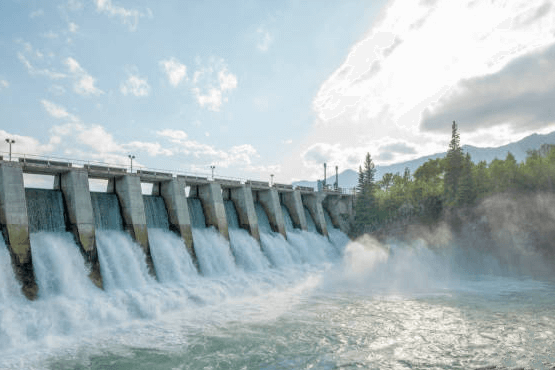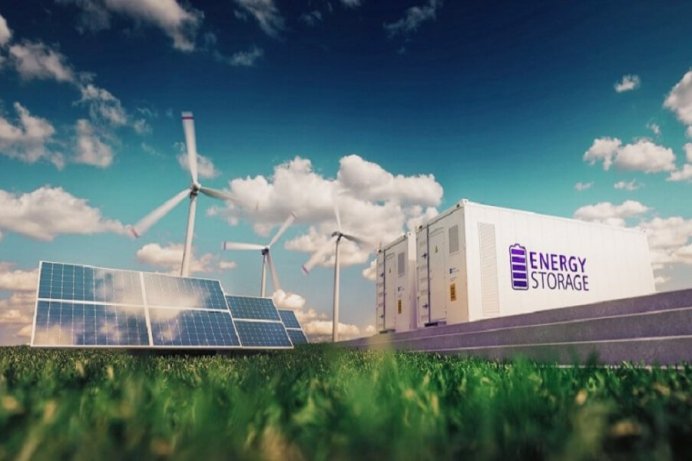How Bivocom Helps Water Departments Send Flood Alarms to Residents Using IoT Technology
In today’s world, effective communication during emergencies such as floods is vital for ensuring public safety. Bivocom, a leader in IoT (Internet of Things) technology, has developed innovative solutions that empower water departments to alert residents about impending floods. By integrating various sensors, devices, and a robust communication platform, Bivocom provides a comprehensive system that enhances flood monitoring and response.
Field Sensors and Devices
To effectively monitor water levels and rainfall, Bivocom employs advanced field sensors and devices:

1. Radar Water Level Sensor
This sensor provides accurate real-time measurements of water levels in rivers, lakes, or reservoirs. By continuously monitoring changes, the radar sensor plays a crucial role in flood detection.
2. Rain Gauge
A rain gauge measures precipitation levels, allowing water departments to assess the potential for flooding based on rainfall intensity and duration. The pulse output helps in generating alerts when thresholds are exceeded.
3. IP Camera:
A strategically placed IP camera captures real-time images or videos of water bodies, providing visual monitoring of flood conditions. This data can help authorities make informed decisions and provide evidence during emergencies.
Remote Terminal Unit (RTU)
At the heart of Bivocom’s flood detection system is the Remote Terminal Unit (RTU)—the TG462S Touch Screen IoT Gateway. This gateway acts as a central hub, collecting data from various sensors and devices:
1. TG462S IoT Gateway:
This device integrates information from all connected sensors and devices, ensuring smooth communication between the field and the cloud.
Custom Python scripts can be developed to process the data, analyze trends, and trigger alerts based on pre-defined thresholds for water levels and rainfall. This flexibility allows adaptations to specific requirements of different regions.
3. GPS
The integration of GPS technology enables precise location tracking for each sensor and allows accurate mapping of flood-prone areas. This data is crucial for coordinating emergency responses.
4. Mobile App:
A dedicated mobile application allows residents to download alerts directly to their smartphones. They can receive real-time notifications regarding flood conditions, ensuring they are informed and can take appropriate action.
How It Works: Diagram Overview
The flood alert system operates as follows:
1. Monitoring:
The radar water level sensor and rain gauge continuously monitor water levels and rainfall.
2. Triggering Alerts:
When the water level reaches a certain critical value, the system triggers an alarm. This alert is communicated through the TG462S IoT Gateway.
3. Sending Notifications:
Residents receive an immediate alert via the mobile app, informing them of potential flooding in their area.
4. Visual Documentation:
The IP camera activates upon triggering the alarm, capturing live video or images of the situation. This visual evidence can be essential for assessing conditions and coordinating emergency responses.
Conclusion
Bivocom’s innovative use of IoT technology in flood monitoring and alert systems represents a significant advancement for water departments. By combining various sensors and a robust communication platform, the company provides a reliable means for notifying residents of flood risks. This proactive approach not only enhances public safety but also fosters community resilience in the face of natural disasters.








Comment